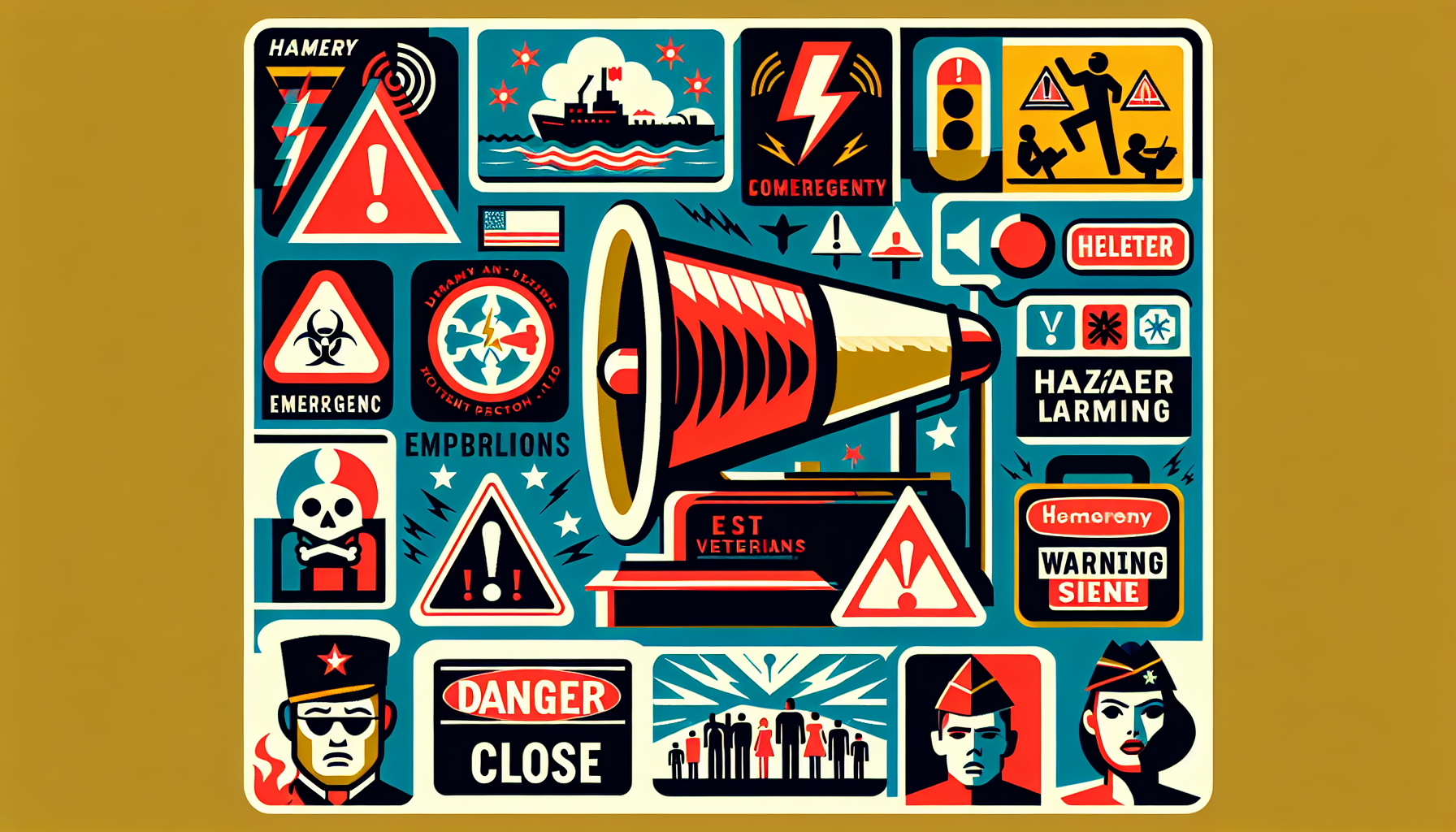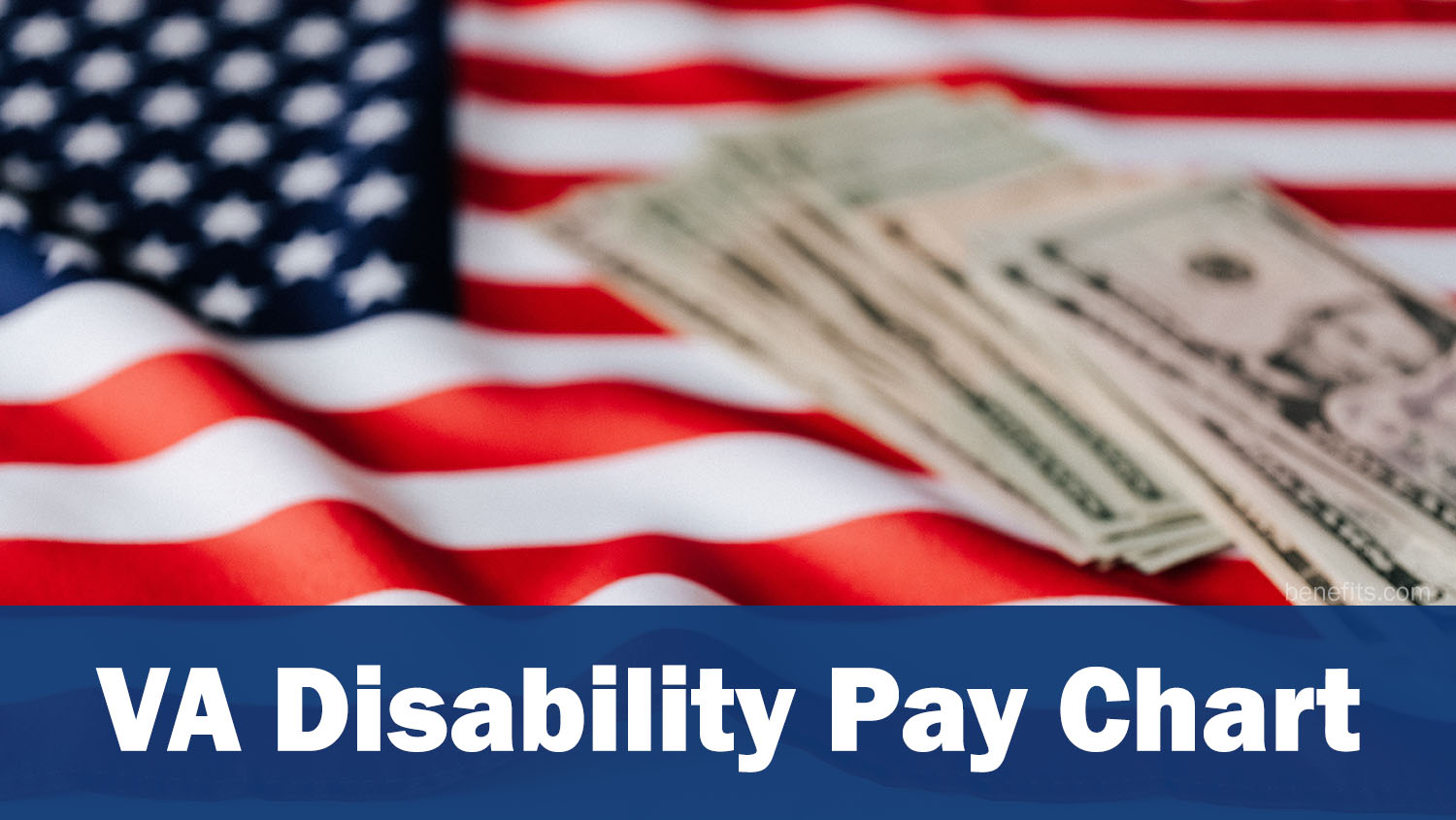Definition
In military operations, “danger close” refers to a term used when calling for fire support, such as artillery or air strikes, where the target area is very close to friendly forces. The exact distance can vary but is typically within a range that could potentially harm friendly units due to factors like blast radius or shrapnel. It’s a warning that extra caution and precise targeting are needed to avoid friendly casualties.
Key Takeaways
- ‘Danger close’ is a term used in military operations to indicate that friendly forces are within close range of the target, typically within a distance where harm from friendly fire is possible.
- This term helps squads, artillery, air support, and other units to ensure they take extra precautions when discharging weapons or coordinating strikes to avoid fratricide or friendly fire incidents.
- The term ‘danger close’ does not necessarily indicate an error or miscommunication, but rather it is a warning of possible risk involved and the need for heightened precision. It’s essential for effective communication and coordination in high-stress, high-stakes environments like warfare.
Importance
“Danger Close” is a critical term used in military operations to indicate that friendly forces are within close proximity, generally within 600 meters, of the target that is to be engaged with indirect or aerial fire support.
The term is significant because it alerts all involved personnel that there is a high risk of collateral damage or friendly fire.
Therefore, employing “danger close” fire requires careful planning, precise target location, accurate fire control, and stringent communication to minimize potential harm to friendly forces or non-combatants.
The term underscores the necessity and the gravity of balancing the aim of neutralizing the enemy and the safety of one’s own forces.
Explanation
Danger close is a term used in military operations to indicate that friendly forces are within close proximity to the target area of an airstrike, artillery, or other types of firepower. The purpose of this term is to ensure additional precautions are taken to avoid collateral damage or fratricide.
It’s a warning that signifies the complex and risk-prone nature of circumstances, where the margin of error is extraordinarily thin. The term calls for accurate coordination and communication to ensure successful engagement without causing harm to friendly entities.
The phrase ‘danger close’ is used extensively in combat scenarios where ground forces are in close combat with enemy positions, and it’s crucial to employ indirect fire like artillery or close air support. Fire control measures are highly optimized to avoid any misfiring, injuries or casualties among friendly forces.
It is vital in terms of reinforcing units, suppressing enemy fire and driving tactical advantages in the battlefield. The term underlines the significance of precise calculations, risk management and effective communication in the realm of military strategy and operations.
Examples of Danger close
“Danger close” refers to a call for fire (air strikes, mortar, artillery, etc.) where friendly forces are within proximity that could be potentially harmful. This term is primarily used in military operations. Here are three real-world examples:
Battle of Wanat (2008): During the Battle of Wanat in the Afghanistan War, U.S. forces were greatly outnumbered by Taliban insurgents. Due to the close proximity of the enemy, U.S. soldiers called in danger close air support to repel the attacking forces, despite the risk of friendly casualties.
The Second Battle of Fallujah (2004):In the Second Battle of Fallujah during the Iraq War, U.S. Marines regularly called in danger close air and artillery support to dislodge entrenched insurgents in the city. Due to the urban environment, friendly forces often were in close proximity to where bombs were dropped and artillery shells landed.
Operation Anaconda (2002):During Operation Anaconda, again in the Afghanistan War, U.S. and coalition forces were fighting against Al-Qaeda and Taliban fighters in the Shahi-Kot Valley. Throughout the operation, allied troops frequently used danger close air support as they were often in close combat situations, highlighting the risks that are taken in this kind of scenario.
Frequently Asked Questions about Danger Close
1. What does Danger Close mean in military terms?
In military terminology, Danger Close refers to calling in artillery or air support dangerously close to friendly troops. The accepted radii are 600m for artillery, 750m for naval gunfire and 900m for bombs and rockets.
2. Why would soldiers call for a Danger Close operation?
Soldiers typically call for a Danger Close operation when they are pinned down and the enemy is approaching at a close range. Such a decision is not made lightly as it puts friendly troops at risk of being hit by the artillery or air support.
3. What is the risk associated with a Danger Close operation?
The main risk associated with a Danger Close operation is friendly fire, as the close proximity of friendly forces to the target increases the chance of misfires or inaccuracies causing casualties among one’s own troops.
4. How is a Danger Close operation confirmed?
Typically, a high-ranking official has to confirm a danger close operation, as it could potentially lead to friendly casualties. This is meant to ensure that the operation is absolutely necessary.
5. Are there alternatives to a Danger Close operation?
Alternatives to a Danger Close operation would include other tactical strategies, such as retreat, flank or outmaneuver the enemy. However, these would depend on the specifics of the ground situation.
Related Military Operation Terms
I believe there may be a bit of confusion in your request. ‘Danger close’ is a military term used for call for fire missions in close proximity to friendly forces. VA Benefits generally don’t interact with concepts like ‘danger close’, but more with Veterans Affairs dealing with education, disability, insurance, etc. However, I can provide both terms related to ‘danger close’ and terms related to VA benefits:
Terms related to ‘danger close’:
“`html
- Fire Support Coordination Line (FSCL)
- Call for Fire
- Forward Observer (FO)
- Close Air Support (CAS)
- Friendly Fire
“`
Terms related to ‘VA benefits’:
“`html
- Disability Compensation
- Veterans Pension
- Education and Training
- Health Care
- Home Loans
“`
Please clarify if a different set of terms is needed or if there’s more specific context.
Sources for More Information
- The Department of Defense (DoD): The DoD is the U.S department responsible for implementing military policies and plans. It is a reliable source for military-related information.
- The United States Army: An excellent resource with a comprehensive list of military terminologies, including “danger close”.
- History.com: Apart from general historical information, this site offers information on various military operations and terminologies.
- Military.com: This source provides news and information about the U.S. military, including glossaries that explain military terms such as “danger close”.
 Benefits.com Advisors
Benefits.com Advisors
With expertise spanning local, state, and federal benefit programs, our team is dedicated to guiding individuals towards the perfect program tailored to their unique circumstances.
Rise to the top with Peak Benefits!
Join our Peak Benefits Newsletter for the latest news, resources, and offers on all things government benefits.



















